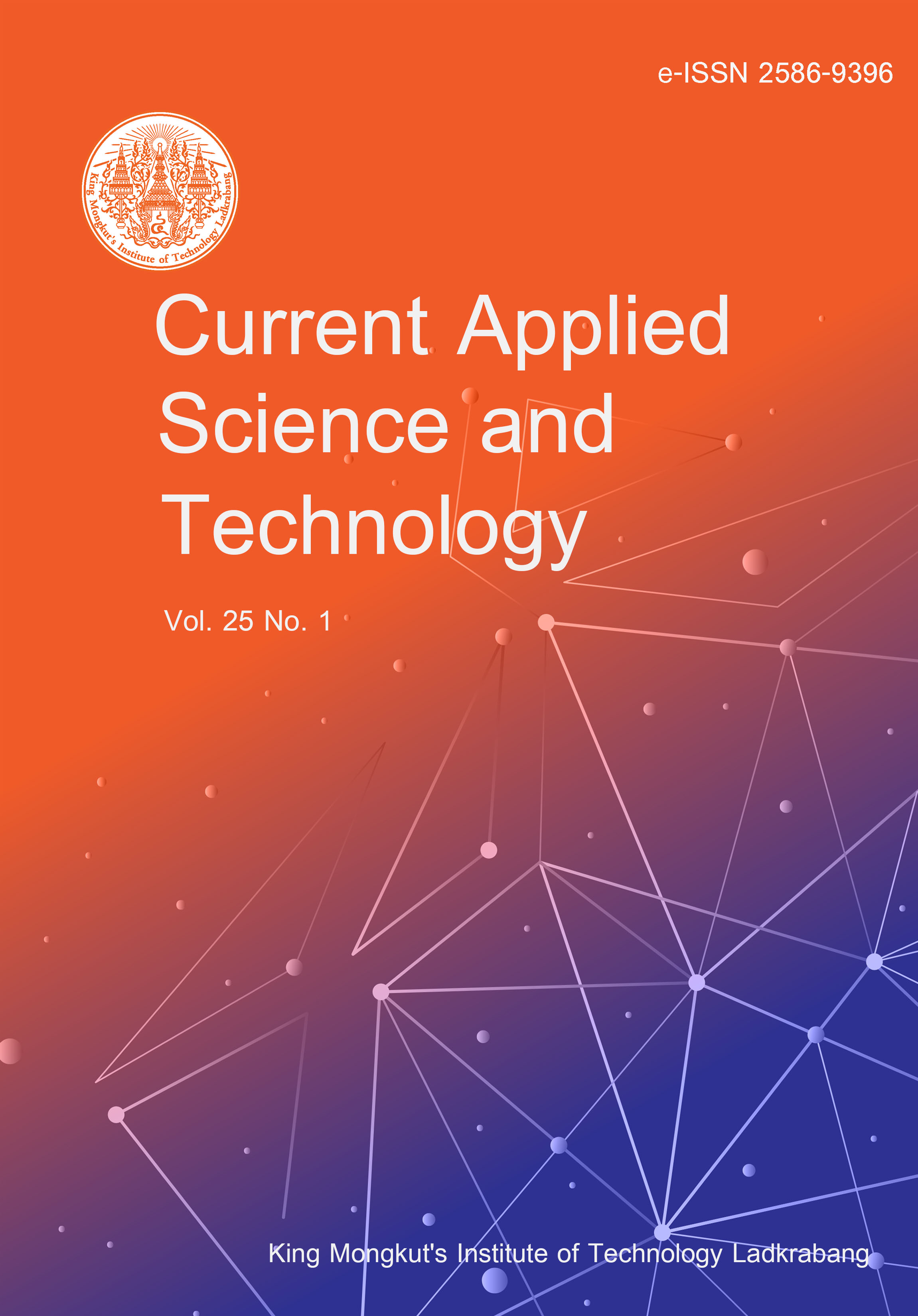Volatile organic compounds (VOCs) have harmful effects on human and the environment. Floating storage and offloading (FSO) vessels are recognized as one source of VOCs emissions. This study investigated the physical factors used to estimate the emission of VOCs from an FSO based on wave height, ambient temperature, storage temperature, storage quantity, Reid vapor pressure (RVP), and daily incoming rate. Daily data on the natural gas liquids were collected on the FSO. A second-order multiple linear regression (MLR) with interaction effects was used to analyze the relationship between the studied physical factors and VOC venting volumes. The set of relevant physical factors and interaction effects that produced the maximum adjusted coefficient of determination was selected. The significant factors and interaction effects were investigated based on a t-test at a significance level of 0.05. The results showed that the significant factors for estimation of the venting volume, corresponding to VOCs emissions, were wave height, storage temperature (which was related to the daily incoming rate), and RVP. Venting volume was negatively related to storage temperature, especially when the storage temperature was low, and wave height was positively related to venting volume when the RVP was high. The interaction effect showed that wave height was important when RVP was high and the second-order MLR showed that the storage temperature was important when it was low.
Seekramon, C. ., Jarusutthirak, C. ., & Klongvessa, P. . (2024). Relevant Physical Factors for Estimation of Volatile Organic Compounds Emissions from Floating Storage and Offloading. CURRENT APPLIED SCIENCE AND TECHNOLOGY, e0261920. https://doi.org/10.55003/cast.2024.261920

